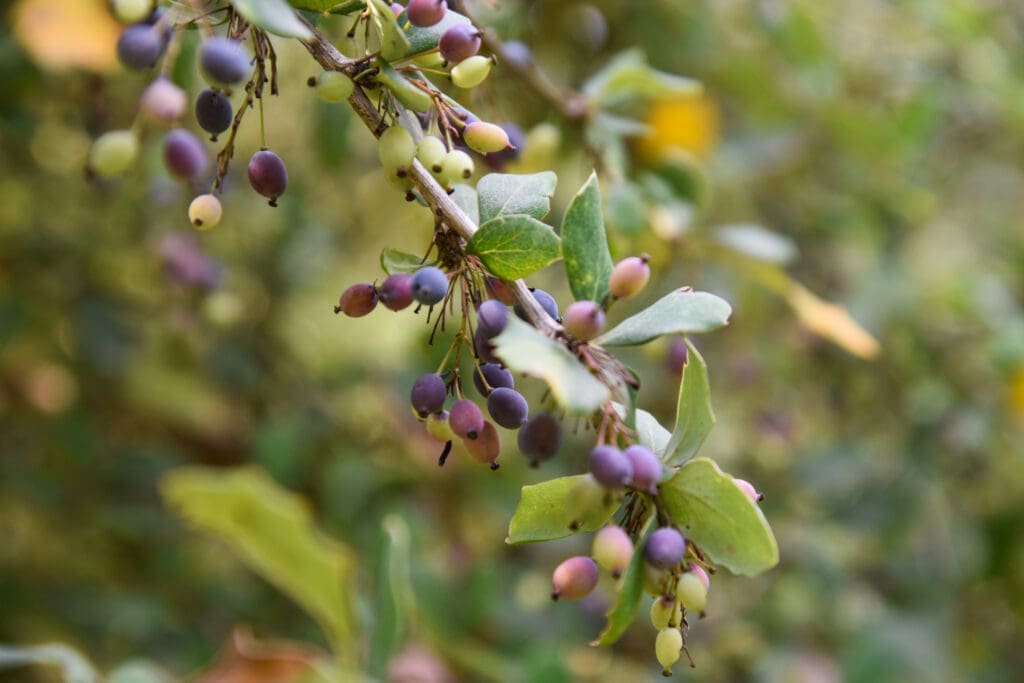
Smilax officinalis
Latin name: Smilax officinalis
Short name: Sars
Common name: Sarsaparilla | Wild sarsaparilla | Honduran sarsaparilla | Indian sarsaparilla | Zarzaparilla
Primary miasm: Psoric Secondary miasm(s): Syphilitic
Kingdom: Plants
Family: smilacaceae
- Symptomatology
- Remedy Information
- Differentiation & Application
A woody, climbing plant from Central and South America, Smilax officinalis produces thick roots rich in steroidal saponins and used traditionally as a depurative and blood purifier.
Historically used in herbal medicine for skin diseases, rheumatism, syphilis, and as a general tonic. Included in traditional formulations for detoxification, hormonal balance, and as a flavouring agent in root beer.
Proved by Dr. Jeanes and expanded by Hering; clinical confirmations in urinary, skin, and rheumatic conditions.
- Urinary tract – especially bladder and urethra
- Skin – particularly chronic eruptions, itching, and desquamation
- Genitals – eruptions and burning sensations
- Bones and joints – especially periosteal pain and syphilitic bone affections
- Nervous system – shooting and tearing pains
- Right side – symptoms often lateralise to the right
- Face and lower jaw – drawing and tearing pains
- Liver and digestion – bloating, flatulence, and bilious disturbances
- Standing upright
- Warmth
- Uncovering affected parts
- During urination (temporarily)
- Pressure
- Slow movement
- Sitting
- Night (especially after midnight)
- Cold air or damp weather
- Suppression of eruptions
- Before and after urination
- Touch or uncovering (for some eruptions)
- Walking or exertion
- Lycopodium – Right-sided urinary issues with bloating, but less burning
- Berberis vulgaris – Radiating kidney pain, but more left-sided
- Cantharis – Violent urinary burning with urgency, but more acute
- Sulphur – Skin eruptions with itching, worse warmth; broader action
- Mercurius – Syphilitic bone pain, ulcers, and offensive secretions, but more suppurative
- Complementary: Sulphur, Lycopodium
- Antidotes: Mercurius, Sepia
- Follows well: Nitric acid, Thuja
- Precedes well: Silicea in chronic eruptions
- Inimical: None recorded
Sarsaparilla expresses the theme of internal heat, constriction, and latent toxicity, particularly manifesting through the urinary tract and skin. Its distinctive feature is pain at the end of urination, coupled with gravel, eruptions, and right-sided affections. The person may feel irritated, inflamed, and restricted—whether in the bladder, skin, or emotions. A powerful remedy for chronic states following suppression—syphilitic, herpetic, rheumatic, or urinary in nature.
- Best remedy for pain at end of urination, especially in children or gravel cases
- Use in chronic skin diseases where other remedies have failed
- Effective for post-suppression states—bladder issues after skin eruptions
- Consider in chronic cystitis and urinary gravel with sand or white sediment
- Helpful in syphilitic bone pain, especially at night
Urinary
- Pain, end of urination
- Urine passes only when standing
- Gravel, sandy, white
- Burning urethra, worse after urination
Skin
- Eruptions, chronic, crusty
- Herpes, dry and itching
- Cracks in skin
- Ulcers, syphilitic
Extremities
- Tearing pain, lower limbs
- Weak ankles
- Rheumatism, right-sided
Generalities
- Worse night
- Worse suppression of skin
- Worse damp air
- Right-sided affections
- T.F. Allen – Encyclopaedia of Pure Materia Medica: Original proving data and detailed urinary symptoms
- C. Hering – Guiding Symptoms of Our Materia Medica: Confirmed chronic uses in skin, urinary, and bone conditions
- John Henry Clarke – Dictionary of Practical Materia Medica: Emphasised vesical and cutaneous applications
- William Boericke – Pocket Manual of Materia Medica: Keynotes and modalities highlighted for clinical use
- E.M. Hale – New Remedies: Discussed use in venereal conditions and secondary syphilis
